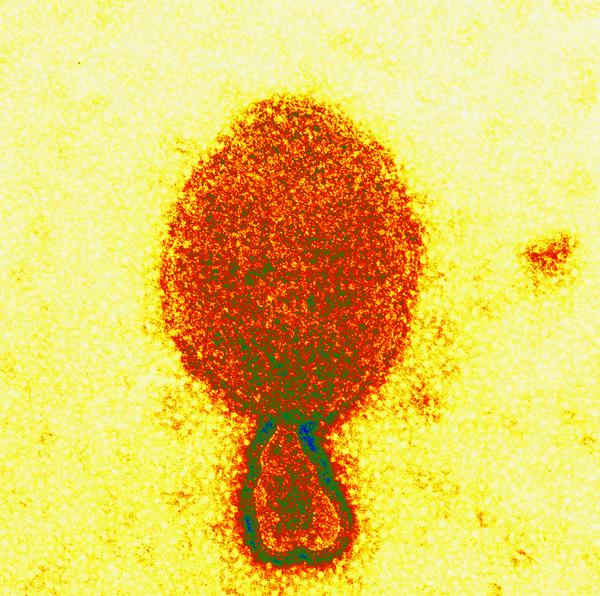Lab Virus Loss in Australia Raises Biosafety Concerns
A Queensland health laboratory in Australia reported the loss of 323 deadly virus samples, including Hendra virus, Hantavirus, and rabies virus samples. The incident occurred in 2021 but was only confirmed in 2023, sparking discussions about laboratory safety protocols.

Recent reports from Queensland, Australia, have revealed a concerning breach in laboratory biosafety protocols that highlights the challenges of securing dangerous pathogens. The incident involves the disappearance of 323 virus samples from a public health facility, including approximately 100 samples of Hendra virus, two samples of Hantavirus, and 223 samples of rabies virus.
The situation began in 2021 when a freezer malfunction led to the displacement of these samples. However, the loss wasn’t officially confirmed until August 2023, exposing significant gaps in the facility’s tracking and reporting procedures. This delay in notification has raised questions about the laboratory’s management practices and emergency response protocols.
The viruses in question represent some of the most dangerous pathogens known to affect both humans and animals. Hendra virus, first identified in Australia in 1994, has a mortality rate of approximately 57% in humans and typically spreads from flying foxes to horses before potentially infecting humans. Hantavirus, transmitted through rodent excretions, can cause severe respiratory and kidney complications with mortality rates varying from 5% to 35%.
Queensland’s Chief Health Officer has attempted to allay public concerns by emphasizing that no related public health incidents have been reported since the samples' disappearance. Officials suggest the samples were likely destroyed through standard autoclave procedures, though proper documentation is lacking. The laboratory maintains that the risk of the samples entering the general waste system is minimal, as such disposal would violate fundamental laboratory protocols.
While the immediate public health risk appears limited due to these viruses' instability outside controlled conditions, the incident has exposed critical weaknesses in high-containment laboratory management. The fact that such dangerous pathogens could go unaccounted for nearly two years before being reported represents a significant failure in biosecurity protocols.
This event has prompted a thorough review of laboratory procedures in Queensland and has led to increased scrutiny of pathogen storage and tracking systems across Australia’s research facilities. The incident serves as a reminder of the critical importance of maintaining strict protocols when handling dangerous biological materials.
The Queensland health authorities have initiated an investigation to identify procedural failures and implement measures to prevent similar incidents. This includes strengthening inventory management systems and improving emergency response procedures for cases involving dangerous pathogen storage failures.